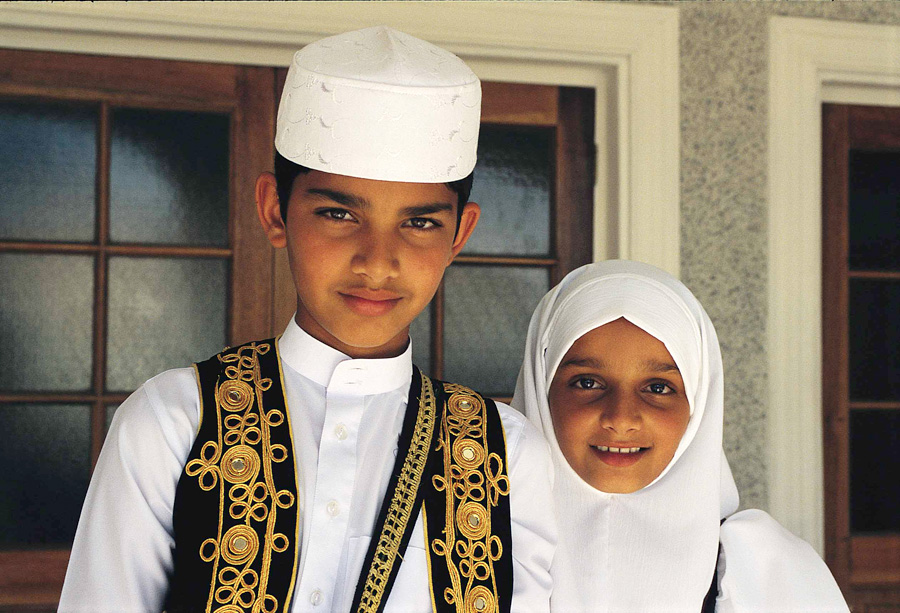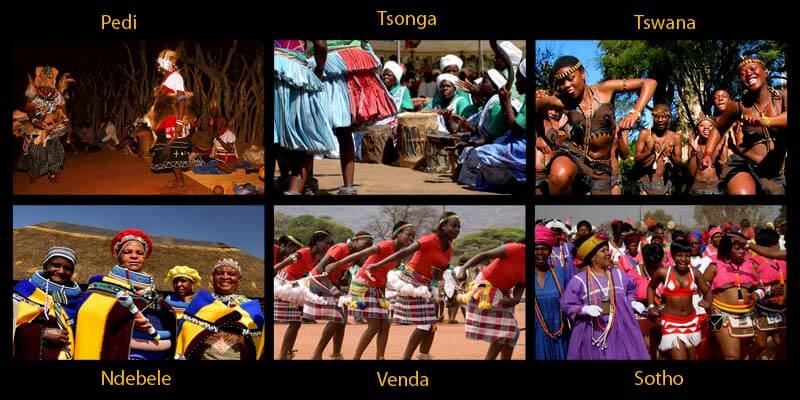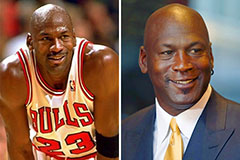The Greatest Guide To South African Culture Today
Table of ContentsSouth African Culture Today - QuestionsGetting My South African Culture Today To WorkThe Greatest Guide To South African Culture TodayGetting The South African Culture Today To WorkOur South African Culture Today DiariesThe South African Culture Today Ideas
This adheres to with vocal singing and drum pounding. The couple after that meet the senior citizens and speak about the relevance of their union. A matter of relevance in Zambian towns is the passing away of liked ones. All members of the village placed money, time and effort with each other for the interment of the deceased.Music and dance is an extremely important aspect of the Zambian society. The numerous tribal units have their own dancing forms; nonetheless, makishi is common amongst all people.
All about South African Culture Today
When it comes to songs, drums are made use of the most, with a range of drumming ceremonies. In Zambia, majority of the people are Christian; Protestant and Roman Catholic. There are little groups of Muslims and Hindus, with the remainder complying with neighborhood native tribal beliefs.

South African heritage and society is immensely varied, and includes many various teams of people that each have their very own customs and ideas. Having such a diversity of people and cultures is what makes South Africa so distinct. In real sense of the expression, we are a rainbow nation.
South Africa has approximately three hundred thousand Portuguese people living in it. Making it the 7th on the checklist of countries with one of the most Portuguese individuals in it outside of Portugal. Portuguese is not just a culture, however it is additionally a language and a nationality. Portuguese people originate from the country of Portugal in Europe, however, as a result of Portugal (like numerous various other countries in Europe) exploring the world and dominating other countries during the 15th 20th centuries, South Africa has what we call Portuguese South African's living in it.
Indicators on South African Culture Today You Need To Know
Amongst the famous attributes of the topography is a plateau that covers nearly 2 thirds of the center of the nation. The plateau complicated rises toward the southeast, where it culminates in the Drakensberg array, component of an escarpment that divides the plateau from the seaside areas. The Drakensburg includes Sparkling wine Castle, the highest peak in the nation.
The area north of the Witwatersrand, called the bushveld, inclines downward from eastern to west toward the Limpopo River, which creates the worldwide border. The western section of the plateau, the middleveld, additionally descends towards the west and differs in elevation between the highveld and bushveld. Between the Drakensburg and the eastern and southern shoreline, the land descends to the sea.
Nearer the coast there is a low-lying plain called the eastern lowveld. Southwest of the plateau the country ends up being progressively more dry, offering means to the stony desert of the Great Karroo, surrounded on the east by the reduced, better sprinkled plateau of the Little Karroo. Dividing the completely dry southerly interior from the sandy littoral of the southerly coastline and West Cape is another range, the Langeberg.
All About South African Culture Today
The nation's racially, ethnically, and politically divided history has generated national and subnational signs that still function as icons of the nation, and others signs that are approved only by particular groups. The monoliths to white settler occupation and political prominence, such as the Afrikaner Voortrekker ("leader") Monument in Pretoria and the Rhodes Monument honoring the British colonial empire contractor and Cape prime minister Cecil Rhodes, stay sectarian signs.
The initial contemporary citizens were the San ("bushman") hunter-gatherers and the Khoi ("Hottentot") peoples, that herded animals (South African culture today). The San may have existed for thousands of years and left evidence of their existence in hundreds of old cave paints ("rock art"). Bantu-speaking clans that were the forefathers of the Nguni (today's amaZulu, amaXhosa, amaSwazi, and vaTsonga peoples) and Tswana-Sotho language groups (today's Batswana and Southern and Northern Basotho) moved below eastern Africa as very early as the fifteenth century

The 2 previous republics of the Orange Free State and Transvaal (South African Republic) were developed by Afrikaner settlers who defeated and dispossessed the Basotho and Batswana. Lesotho would certainly have been forcibly incorporated right into the Orange Free State without the expansion of British security in 1869. The supreme unification of see this site the nation resulted from the South African Battle (18991902) between the British and both Afrikaner republics, which decreased the country to wreck at the start of the twentieth century.
Afrikaners traditionally considered themselves the just true South Africans and, while providing full citizenship to all citizens of European descent, denied that standing to individuals of shade up until the autonomous transition of 1994. British South Africans maintain a sense of social and social connection to Great Britain without deteriorating their identity as South Africans.
Facts About South African Culture Today Uncovered
The variety and fragmentation within ethnic groups and the balance of tensions between those teams throughout the twentieth century protected against interethnic civil conflict. While intergroup stress over sources, privileges, and political dominance continue to be, those disputes are as likely to pit Zulu against Zulu as Zulu against Xhosa or African against Afrikaner.
From colonial India, British vendors and administrators brought the rounded steel ornamental roof coverings and slender lace work columns that still typify the terraces of homes in the areas and cities throughout the nation. Houses of worship contribute an important architectural aspect even in the smallest towns. Along with the skyrocketing steeples and traditional stonework of Afrikaans Dutch Reformed churches, Anglican churches, synagogues, mosques, and Hindu temples supply selection to the spiritual building scene.

Slaughtering and the brewing of traditional grain beer are crucial in safeguarding the engagement and goodwill of the ancestors who are taken find out this here into consideration the guardians of good lot of money, success, and wellness. Indian communities maintain their native cooking traditions and apply them on Islamic and Hindu routine and ceremonial occasions. Afrikaners and Coloured people collect at weekend breaks and unique events at multifamily bbqs called braais, where area bonds are strengthened.
Because this was the primary financial enterprise of both black Africans and white colonists, problem between those groups focused on the property of grazing land and livestock. In 1867, the largest diamond deposits on the planet were uncovered at Kimberley in the west main location. The wide address range from those fields assisted fund the exploitation of the best gold reef in the globe, which was uncovered on the Witwatersrand in 1886.
Everything about South African Culture Today
This led to misunderstandings and purposeful misstatement in the dealings of white inhabitants and government authorities with African chiefs during the early american period (South African culture today). In the establishment of African reserves, some aspects of common and mainly "tribal trust" land period were maintained, and even in white backwoods, kinds of common period were still exercised in areas with African areas
After the democratic improvement of 1994, programs for land restitution, redistribution, and reform were instituted, but development has been sluggish. The white minority still controls eighty percent of the land. Following agricultural land invasions in Zimbabwe, the Department of Land Affairs has actually pledged to speed land redistribution.
 Angus T. Jones Then & Now!
Angus T. Jones Then & Now! Michael Jordan Then & Now!
Michael Jordan Then & Now! Michael C. Maronna Then & Now!
Michael C. Maronna Then & Now! Susan Dey Then & Now!
Susan Dey Then & Now! Brooke Shields Then & Now!
Brooke Shields Then & Now!